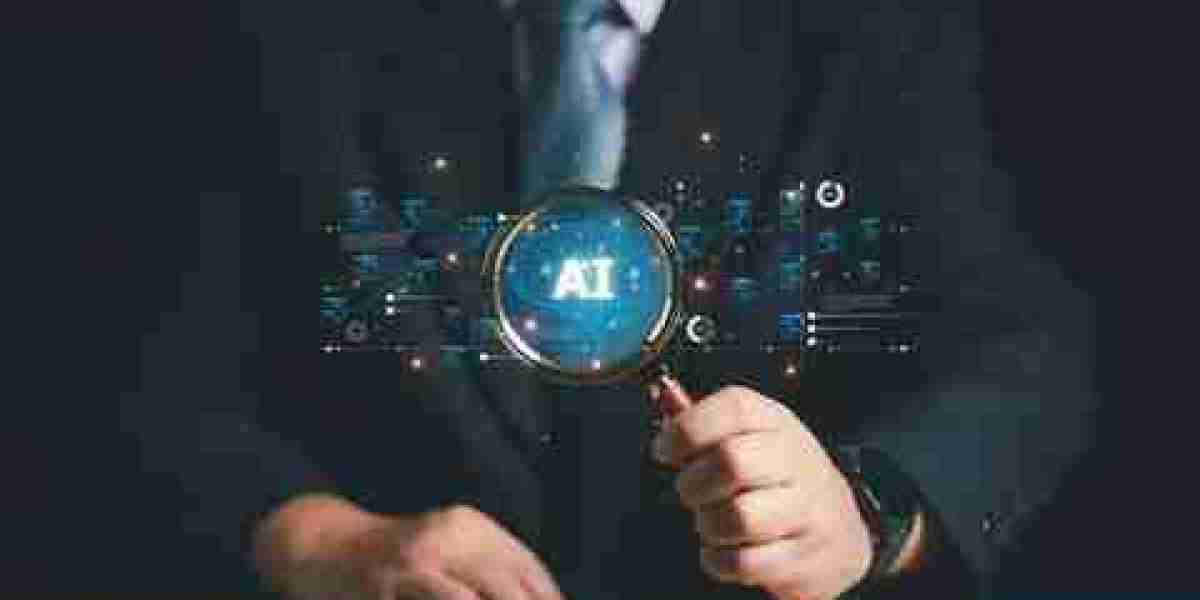In the swirling digital maze of algorithms, prompts, and generated content, a new sentinel has emerged—the KI detector. This futuristic phrase may sound obscure to the average ear, but behind it lies a growing force in the modern internet ecosystem. Acting as the silent watchdog, the KI detector, a rebranded moniker for what many refer to as an AI detector, is reshaping the way we discern human originality from machine-crafted output.
Beyond the Screen: What is a KI Detector?
The KI detector is not just a digital tool—it’s a gatekeeper. It functions by analyzing patterns in text, syntax, rhythm, and semantics to determine whether content was composed by a human hand or synthesized by an AI model. But it doesn't stop at words alone. Sophisticated versions of the KI detector scan through sentence coherence, tone consistency, metadata footprints, and token distribution—a silent scan beneath the surface.
As artificial intelligence becomes a common co-author of emails, blogs, academic essays, and even books, the lines between man and machine have blurred. The KI detector’s purpose? To draw those lines again with precision and integrity.
The Intent Behind the Detector
The core intent of a KI detector is rooted in truth and transparency. In academia, it serves as a shield against synthetic plagiarism. In journalism, it safeguards credibility. For content platforms and businesses, it acts as a filter to maintain authentic communication. It’s less about policing AI use and more about ensuring clarity in authorship—something essential in the age of synthetic fluency.
Imagine a student submitting a perfectly written essay in seconds or a marketer spinning out twenty blog posts in a morning. While these abilities are impressive, the KI detector ensures such content doesn't falsely parade as pure human craftsmanship. It’s not anti-AI; it’s pro-authenticity.
How It Works: Peering into the Algorithm
Unlike traditional plagiarism checkers that look for copy-paste traces, the KI detector dives into linguistic DNA. AI-generated text tends to exhibit hyper-consistency, symmetrical sentence lengths, and uniform vocabulary choices. Human writing, in contrast, is erratic—flawed, but rich in nuance. The detector decodes these clues, like a literary forensic expert analyzing the fingerprints left behind by machine logic.
Advanced KI detectors incorporate machine learning, feeding on vast libraries of both human and AI text. With each iteration, they sharpen their instincts.
The Ethical Dimension
As with any digital guardian, the KI detector raises questions. Is detection itself always fair? Should students, writers, or professionals be penalized for using tools to assist rather than deceive? The answer lies in context. The detector doesn't judge—it identifies. It informs institutions, editors, or employers who can then interpret the findings through their own ethical lens.
However, the detector's presence encourages more than caution—it encourages honesty. If you're using AI to write, declare it. If you're submitting a piece for originality, make sure it's truly yours. The KI detector becomes a silent motivator for ethical digital practices.
The Road Ahead
As AI becomes more human-like, the task of the AI detector will become increasingly complex. We are approaching an era where machines mimic emotions, adapt to user tone, and even embed errors intentionally to appear more organic. The next generation of KI detectors will need to evolve into AI lie detectors, intuitively sensing not just patterns, but intent.
In a world driven by speed and automation, the KI detector stands as a monument to authenticity. It doesn’t wage war on AI—it simply ensures we know where the human ends and the code begins.
As we build a future of shared intelligence—human and artificial—this invisible sentinel might just be the tool we didn’t know we needed.








